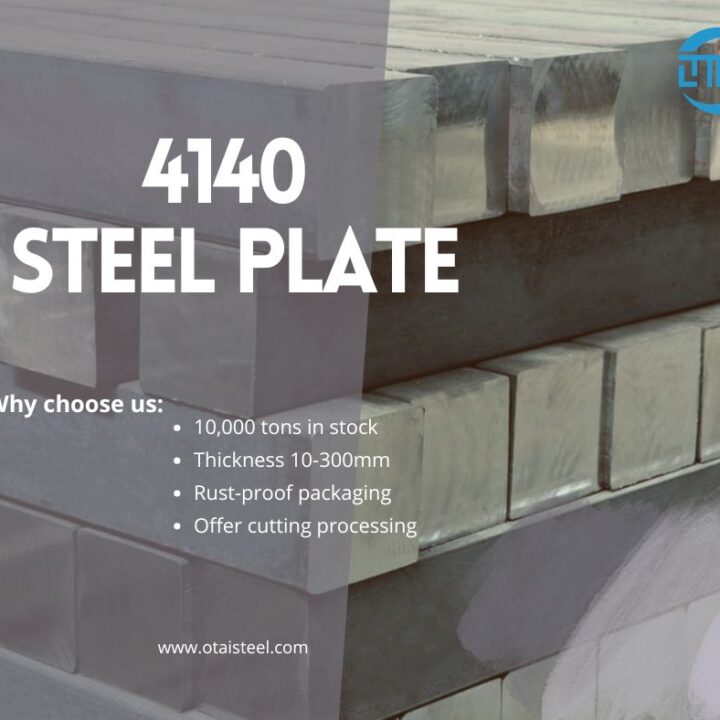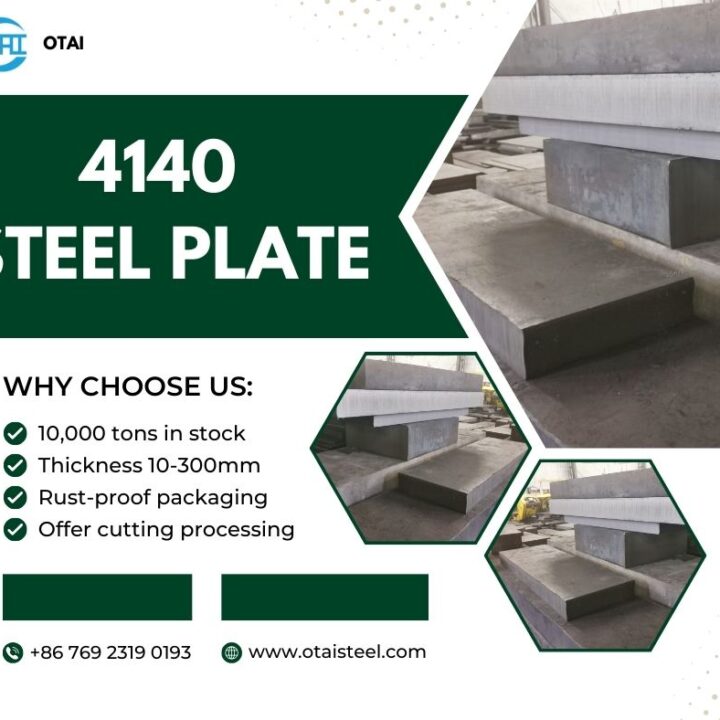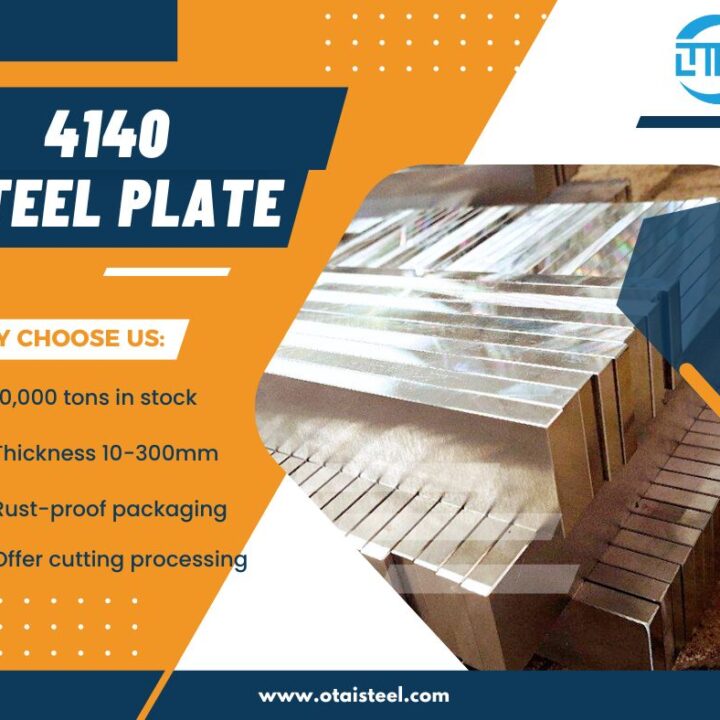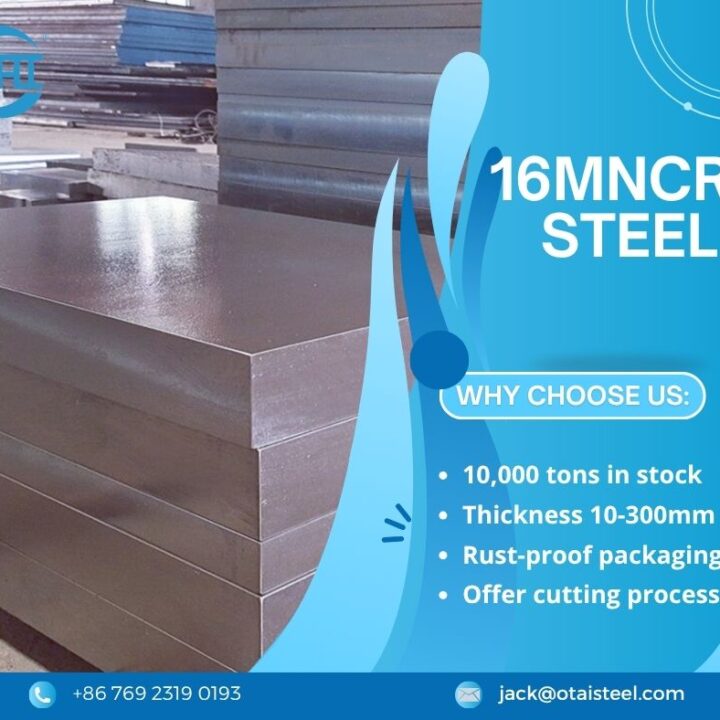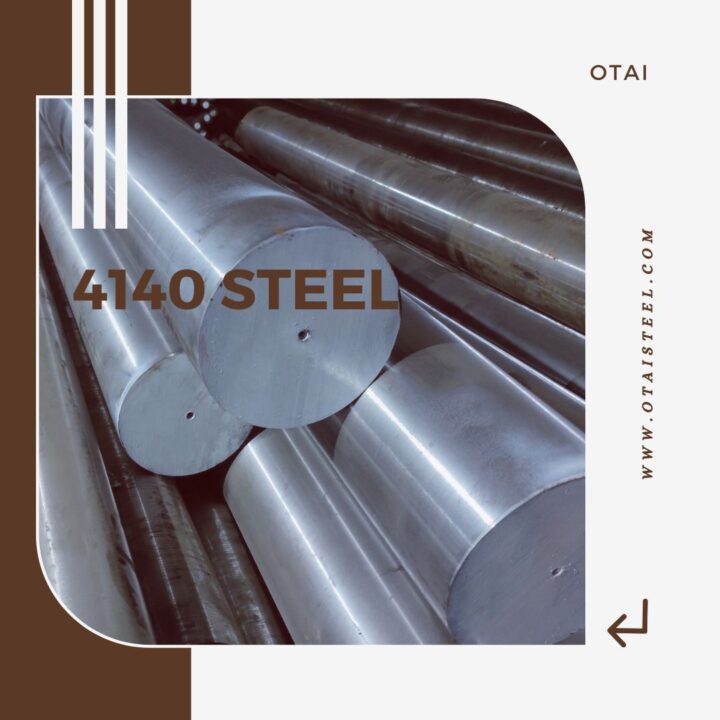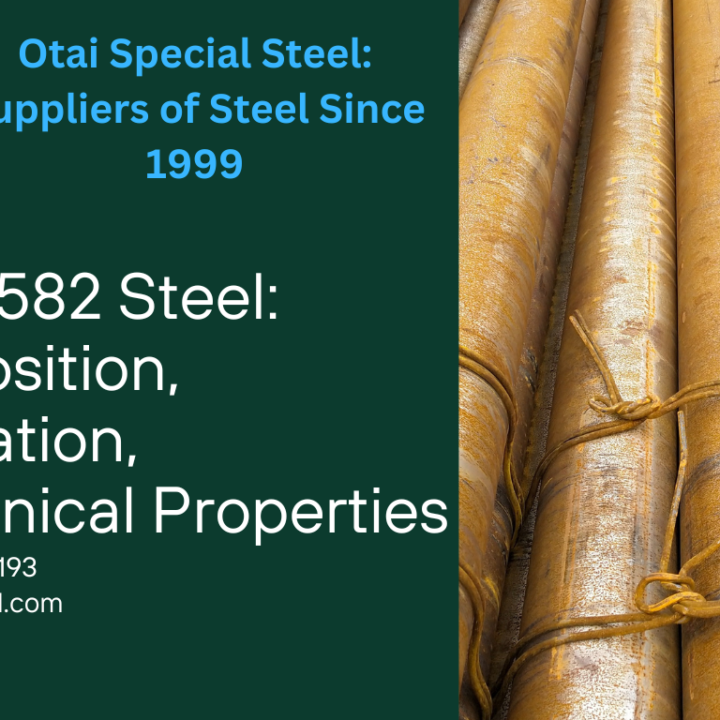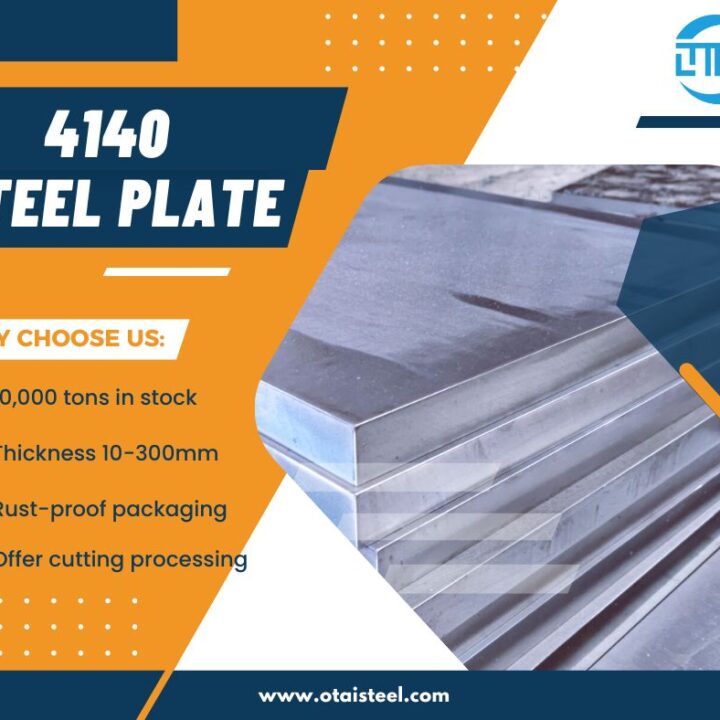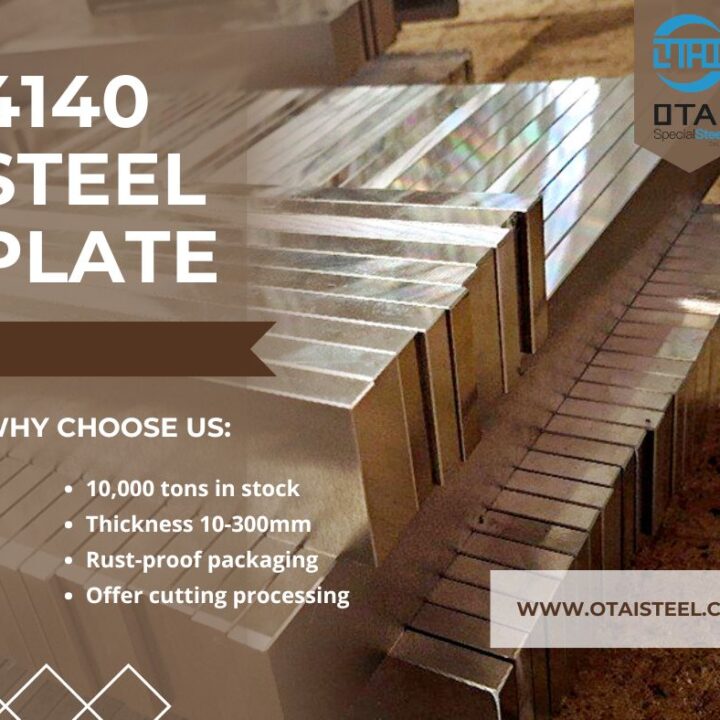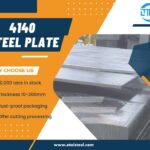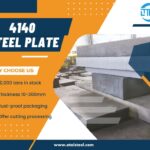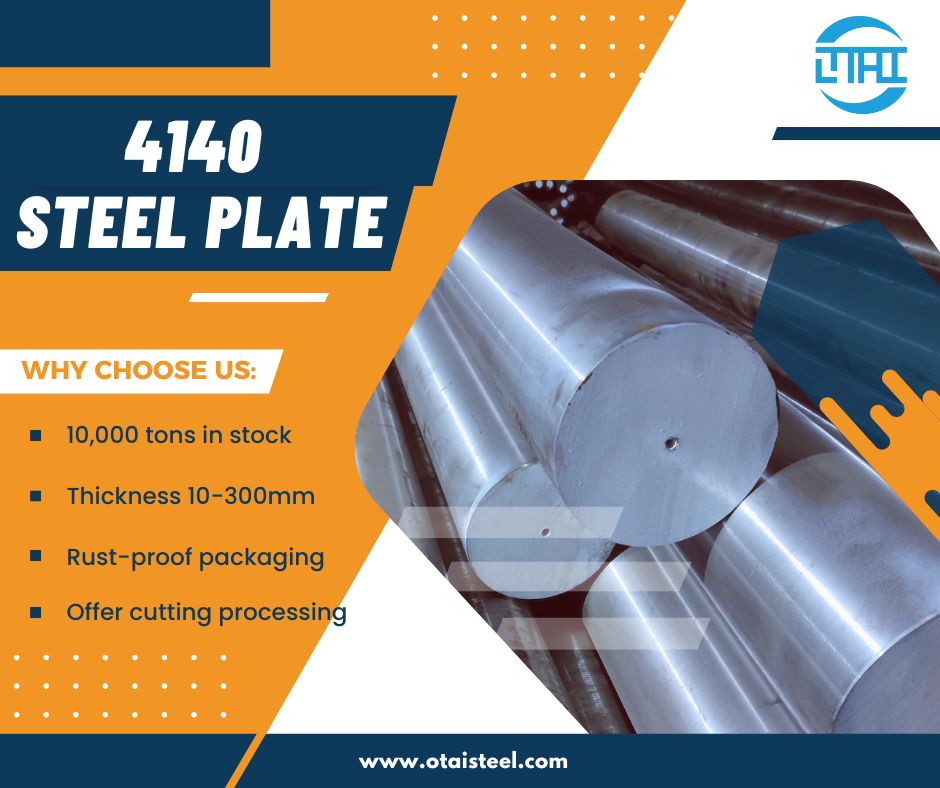 4140 Steel Pipe: A Versatile Choice for High-Stress Applications
4140 Steel Pipe: A Versatile Choice for High-Stress Applications
When it comes to strength, toughness, and performance under pressure, 4140 steel pipe is one of the top choices across industries like oil & gas, automotive, and heavy machinery. Whether you’re sourcing for hydraulic cylinders, roll cages, or high-load-bearing shafts, this alloy pipe delivers the goods. 💪
In this article, we’ll explore everything you need to know—from mechanical properties of 4140 steel pipe, heat treatment options, to how it compares with 4130 pipe. Let’s dive into the specs, benefits, and where 4140 really shines! 🔍
🔧 What is 4140 Steel Pipe?
4140 steel pipe is a chromium-molybdenum alloy pipe known for its high tensile strength, wear resistance, and good machinability. It’s made from 4140 steel bar or billet, then processed through methods like cold drawing or hot rolling, depending on the intended application.
The pipe comes in two common forms:
-
Cold drawn 4140 pipe: Better surface finish, tighter tolerances.
-
4140 steel seamless pipe: No weld seam, superior strength and integrity.
This makes it suitable for critical applications like drill collars, hydraulic components, and high-pressure tubing.
📊 Key Chemical Composition of 4140 Pipe
| Element | Content (%) |
|---|---|
| Carbon (C) | 0.38 – 0.43 |
| Manganese (Mn) | 0.75 – 1.00 |
| Chromium (Cr) | 0.80 – 1.10 |
| Molybdenum (Mo) | 0.15 – 0.25 |
| Silicon (Si) | 0.15 – 0.30 |
| Phosphorus (P) | ≤ 0.035 |
| Sulfur (S) | ≤ 0.040 |
These alloying elements boost strength, hardenability, and resistance to wear—making 4140 alloy steel pipe ideal for high-stress applications.
⚙️ Mechanical Properties of 4140 Steel Pipe
| Property | Typical Value (Normalized) |
|---|---|
| Tensile Strength | 850–1000 MPa |
| Yield Strength | 650–750 MPa |
| Elongation | ≥ 20% |
| Hardness (Brinell) | 197 – 235 HB |
| Impact Toughness (Charpy V-notch) | High (depending on heat treatment) |
The above data reflects properties of a normalized 4140 pipe. After quenching and tempering, these values increase significantly, which is why many opt for heat treated 4140 pipe in demanding scenarios.
🔥 Heat Treatment Options for 4140 Pipes
Heat treatment is crucial in tailoring the performance of 4140 steel:
-
Normalized: Refines grain structure, improves machinability.
-
Quenched and Tempered: Maximizes strength and toughness.
-
Annealed: Softens for better machinability and forming.
-
Induction Hardened: For localized wear resistance.
Most 4140 steel pipe suppliers offer pre-heat-treated options based on end-use requirements.
🔍 4140 Pipe vs 4130 Pipe
| Property | 4140 Pipe | 4130 Pipe |
|---|---|---|
| Carbon Content | Higher (≈0.40%) | Lower (≈0.30%) |
| Strength | Higher | Lower |
| Machinability | Moderate | Easier |
| Cost | Slightly higher | More economical |
| Weldability | Lower | Better |
4140 pipe vs 4130 pipe boils down to tradeoffs between strength and ease of use. For heavy-duty tasks, 4140 wins.
🛠️ Common Applications of 4140 Steel Pipe
Thanks to its outstanding mechanical profile, 4140 steel pipe applications include:
-
Hydraulic cylinders
-
Oil and gas tool components
-
Drivetrain parts (axles, shafts)
-
Construction and mining equipment
-
High-performance roll cages
-
Heavy-duty mechanical tubing
If you need a material that won’t fail under pressure, 4140 alloy steel pipe is a solid bet. 💥
🧪 Surface Condition & Hardness
The 4140 steel hardness depends on its condition:
| Condition | Hardness (HRC) |
|---|---|
| Annealed | ~18-22 HRC |
| Normalized | ~23-28 HRC |
| Quenched & Tempered | ~28–36 HRC |
| Induction Hardened | >50 HRC (outer layer) |
That means it can be soft for machining or ultra-hard for surface durability—very versatile!
🔄 Cold Drawn vs Hot Rolled
-
Cold drawn 4140 pipe: Smooth finish, precise dimensions, high strength.
-
Hot rolled 4140 pipe: More economical, but with rougher finish and looser tolerances.
Need precision and performance? Go with cold drawn 4140 pipe.
🏭 Company Advantages: Why Choose Otai Special Steel?
At Otai Special Steel, we’ve been supplying 4140 alloy steel pipes to clients worldwide—including in oilfield services, machinery repair, and automotive part manufacturing. Here’s why clients trust us:
🌎 Global Clients: Serving top-tier companies like Thyssenkrupp and Schlumberger.
🏭 Large Inventory: Over 10,000 tons of stock, ready for immediate delivery.
🧪 Quality First: All materials undergo ultrasonic testing, chemical composition checks, and third-party inspections.
✂️ Customization Services: Cutting, heat treatment, CNC machining, and special packaging available.
💬 Expert Support: Get technical advice, material certification, and quick response from our experienced team.
Looking for a reliable 4140 steel pipe supplier? Contact us today for a free quote or sample!
📧 Contact us: jack@otaisteel.com
📱 WhatsApp: +8676923190193
❓FAQ: Everything Else You Might Ask
Q1: Is 4140 steel weldable?
A1: Yes, but it requires preheating and post-weld tempering due to its high carbon content.
Q2: Can 4140 pipe be machined easily?
A2: In the annealed state, yes. After hardening, use appropriate cutting tools.
Q3: What standards cover 4140 steel?
A3: ASTM A519 is the most common. Also DIN 42CrMo4 and JIS SCM440 equivalents apply.
Q4: Is 4140 pipe good for high pressure?
A4: Yes! Especially 4140 steel seamless pipe, which handles pressure well with no weld seams.
Q5: How does heat treated 4140 perform?
A5: After quenching and tempering, it offers high strength and fatigue resistance—perfect for dynamic loading.
